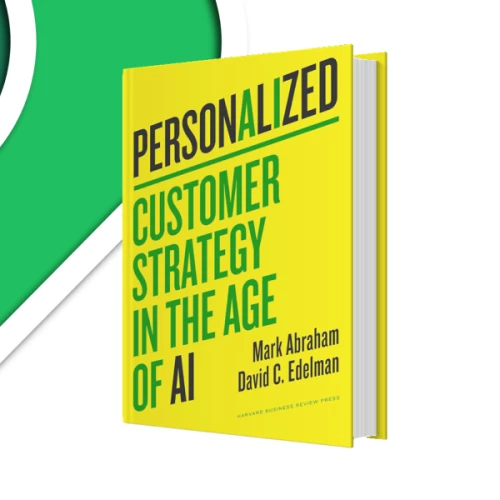The Keys To Digital Transformation: Getting The Success Factors Right
BCG’s Approach to Driving a Digital Transformation
Only about 30% of companies navigate a digital transformation successfully. Navigating it in the midst of uncertainty—the new reality—is especially difficult as new behaviors and expectations evolve at warp speed. Our approach is focused on building companies of the future that blend digital and human capabilities, applying them to all aspects of their business.
Transformations succeed when they are incremental, cost-effective, and sustainable. That means focusing on outcomes: new products, improved processes, and other use cases that let you build capabilities, business value, and buy-in for the transformation.
We start by assessing where a company stands—and where it wants to go. We look at its people, technology, and data. At its culture, leadership, and governance. And at industry trends and disruptions. We help companies tie their digital transformation strategy to business outcomes and goals. In fact, according to Forrester Research’s Q4 2020 Wave report on digital business transformation services, BCG has a sharp focus on identifying and delivering measurable business outcomes.
- Implement outcomes. We work with companies to identify, prioritize, and implement high-impact use cases. This lets clients create value quickly while demonstrating what digital technologies and ways of working can do for the business. The process entails three stages: innovate (build a proof of concept and validate the business case), incubate (launch a minimum viable product and test and learn with agile sprints), and industrialize (run the technology and business process at scale). After an initial wave of use cases, the process repeats with the next wave—and so on.
- Manage talent and build digital skills. Digital transformation is about evolving and augmenting—not replacing—human capabilities. We help companies develop their digital talent plans in areas like data science and human-centered design. Our digital transformation services also help them zero in on the optimal location strategies and strike the right balance between insourcing and outsourcing. And we assist, from day one, in training, on-the-job learning, coaching, and upskilling—essential but often less successful elements of digital transformation.
- Transform ways of working and the operating model. Agile ways of working enable companies to respond quickly to change. So, helping companies adopt agile is a key pillar of our digital transformation consulting. We embed the behaviors and culture that foster cross-functional collaboration, iterative development, and a new approach to learning—one that enables people to adapt and innovate at digital speed. We show leaders how they can deploy agile throughout the organization. And just as importantly, we work to align governance, processes, and organizational structure with a more platform-driven—and less siloed—operating model.
- Drive technology transformation. One of the most crucial elements of digital transformation is a data and digital platform (DDP). A launching pad for high-value use cases, a DDP utilizes components—including a data lake, APIs, and microservices—that allow companies to build applications in a modular, scalable way and to readily access the data they need. We help companies create DDPs as well as the governance and processes that let them deliver new capabilities—and value—at digital speed. We also assess how new technologies, ecosystems, and partnerships, in areas such as AI and the Internet of Things, can enhance transformation and spur new opportunities.
- Govern for value. Businesses that transform successfully leverage fast—and simplified—decision making. They use the right KPIs—often all-new ones—to monitor progress toward outcomes. And they remove obstacles quickly and effectively. Our digital transformation services help companies develop a weekly cadence for vital decisions (no more one-month gold standard) and a robust digital value measurement system. We show them how to bring their business and tech sides together and how to lead the transformation from the top—but imbue every level with responsibility.
Client Success in Digital Transformation Consulting

Personalized: Customer Strategy in the Age of AI
Explore Our Insights on Digital Transformation Strategy






















